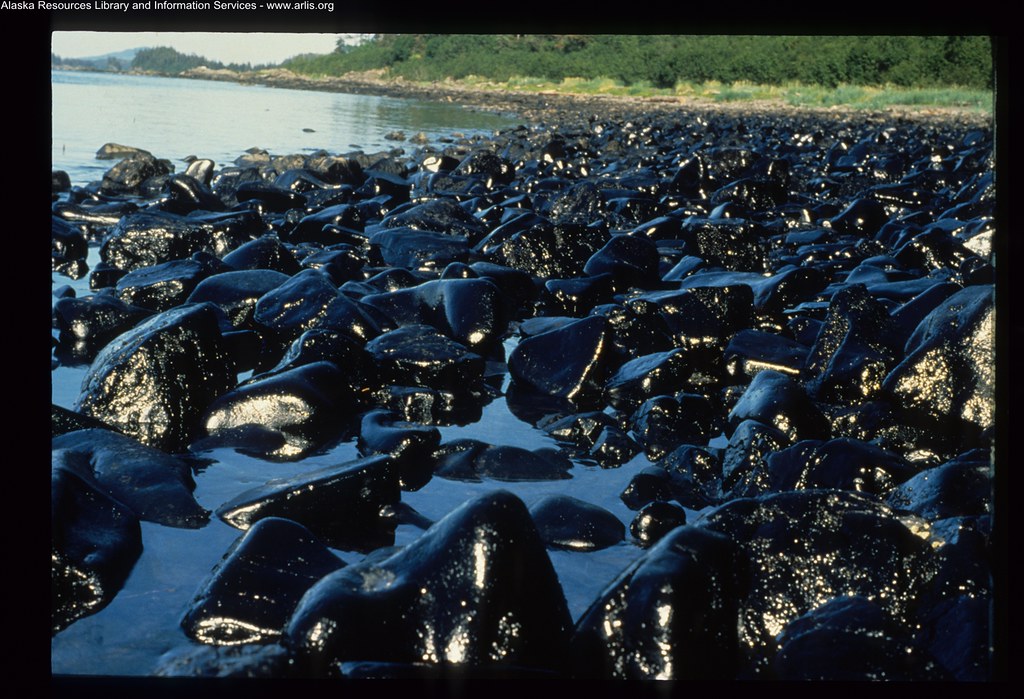This is the third of nine short historical reminiscences to mark the 30th anniversary of the Homer Foundation, Alaska’s first community foundation. This series was produced by The Foundation and written by former board member Tom Kizzia.

The birth of the Homer Foundation thirty years ago was pushed along in important ways by the wreck of the Exxon Valdez oil tanker.
The massive tanker spill in March, 1989, became a Homer problem as crude oil flowed out of Prince William Sound and was pushed by currents toward Cook Inlet and Kodiak. For weeks, goopy brown “mousse” smeared the outer Kenai Peninsula coast and hovered off Kennedy Entrance, as Homer scrambled to build booms and send out cleanup boats. Commercial fishing was shut down. As in other coastal communities, it was a summer of terrible stress and anxiety — though in the end, nothing more than tarballs washed up on the beaches of the Homer Spit.
The next year, as Ken Castner and Steve Yoshida started drawing up paperwork for Alaska’s first community foundation, they considered the financial implications of the oil spill.
A jury in the civil lawsuit against Exxon found the oil company liable for punitive damages worth $5 billion. Legally, that money would not go to communities (the state had its own separate claims settlement) but to anyone financially harmed by the spill. Mainly that mean commercial salmon fishermen. Billions of dollars in punitive damages, split among salmon permit holders, was going to mean Alaska’s coastal towns would soon be bursting with new millionaires. By one estimate at the time, several hundred million dollars might find its way just to Homer.
The Homer Foundation would give those new “spillionaires” a way to share some of the unexpected bounty with the rest of the community, by funding local nonprofits.
In the end, it didn’t work out that way. Exxon’s appeals dragged on for years. In 1999, a decade after the spill, the foundation and the city of Homer developed a plan for spending some of the dreamed-of money on a new library and an indoor ice rink and scholarships. But when the isue was finally settled in 2008 by the U.S. Supreme Court, the damages claim against Exxon was reduced to one-tenth of the original. Little of the money ever trickled from the plaintiffs’ bank accounts into the community nonprofits. By that time, though, the Homer Foundation had been up and running for nearly two decades, and had found a way to stand on its own.
